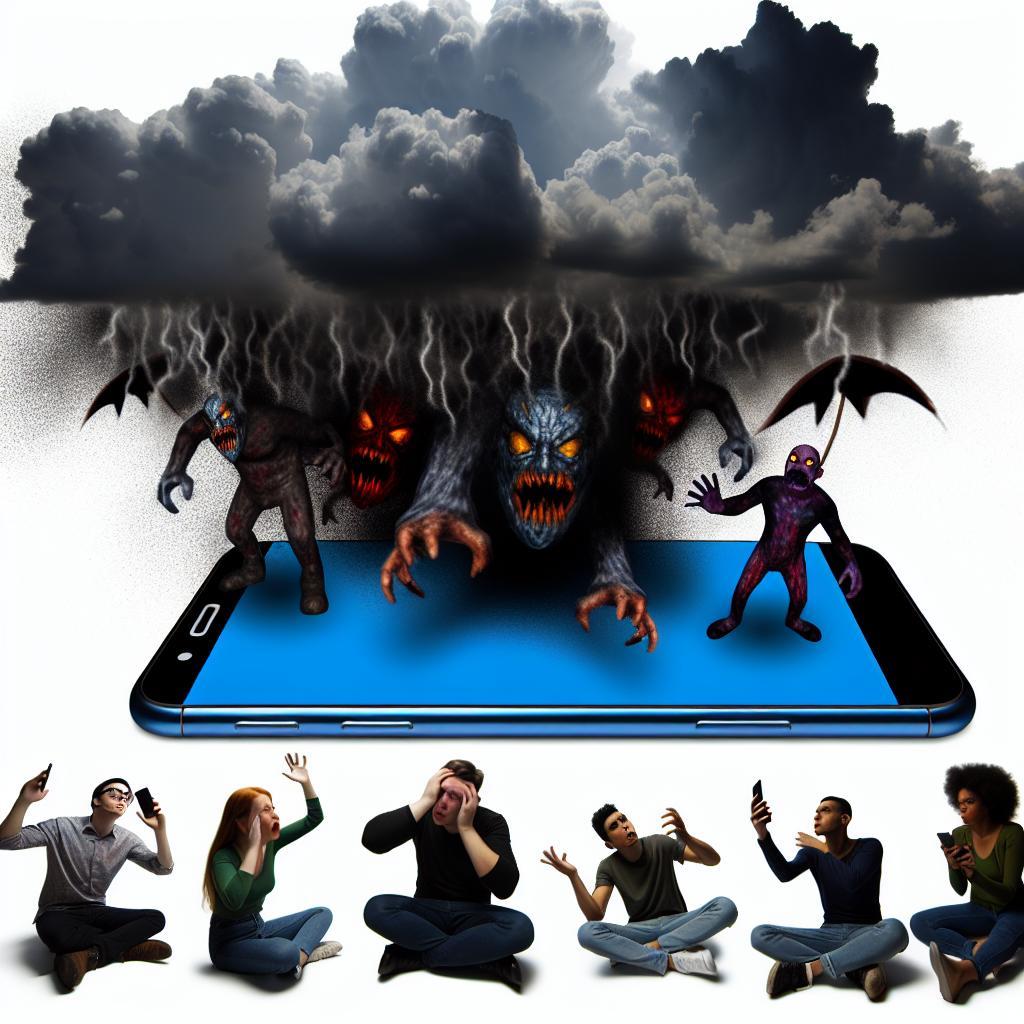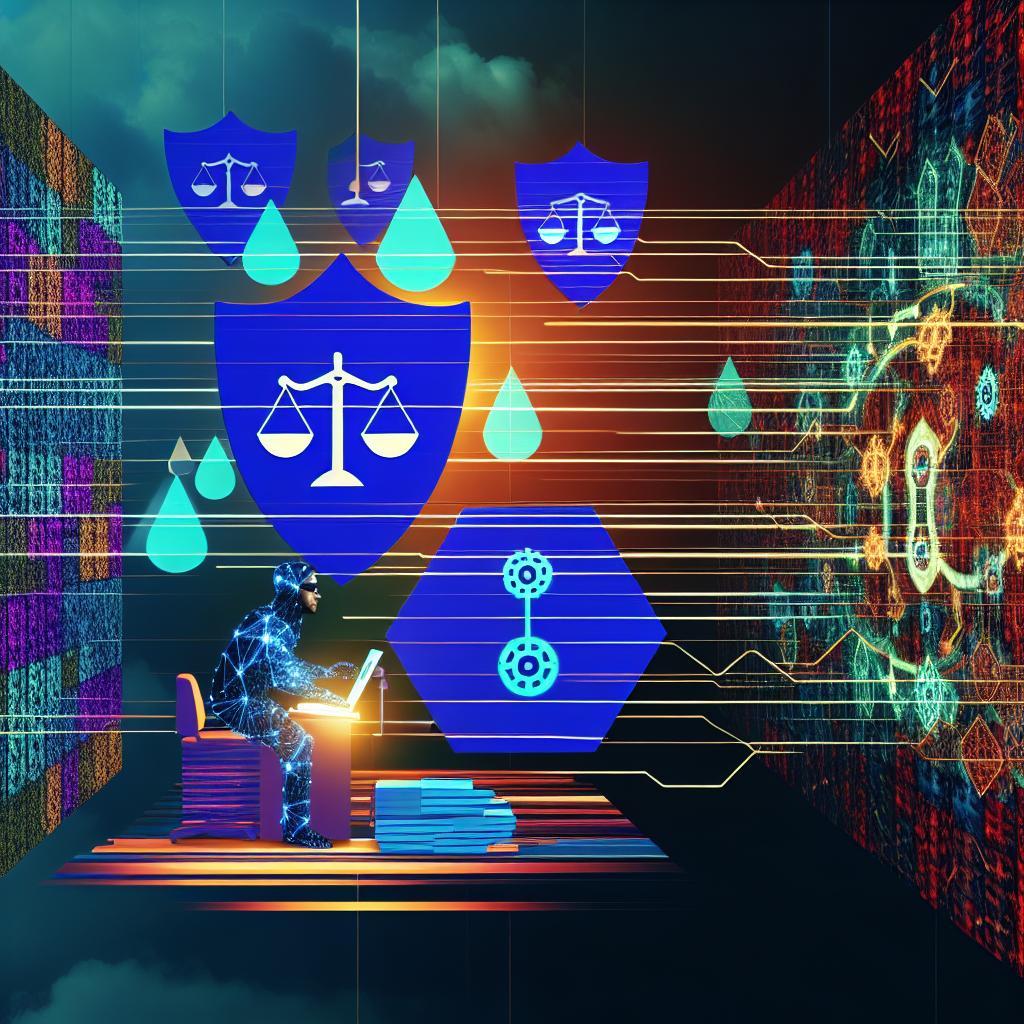– What are some common types of social media threats?
Social Media Threats: Understanding the Risks and How to Stay Safe
Social media platforms have become an essential part of our daily lives, connecting us with friends, family, and even co-workers. While these platforms offer a great way to stay in touch and share moments with others, they also come with their fair share of risks. From cyberbullying to identity theft, social media threats are real and can have serious consequences if not addressed properly.
The Rise of Social Media Threats
With billions of users worldwide, social media platforms have become a prime target for cybercriminals looking to exploit vulnerabilities and steal personal information. Some of the most common social media threats include:
- Phishing scams
- Malware attacks
- Fake profiles and catfishing
- Cyberbullying
- Data breaches
Phishing Scams
Phishing scams are one of the most prevalent threats on social media. Cybercriminals use fake emails, messages, or links to trick users into revealing sensitive information such as passwords, credit card numbers, or personal details.
Malware Attacks
Malware attacks involve the installation of malicious software on a user’s device, often through infected downloads or links. Once installed, malware can steal personal information, track online activities, or even take control of the device.
Fake Profiles and Catfishing
Fake profiles are created to deceive users into forming online relationships or sharing personal information. Catfishing is when someone pretends to be someone they’re not, often using fake profile pictures and information to manipulate others.
Cyberbullying
Cyberbullying involves the use of social media to harass, threaten, or intimidate others. This type of online behavior can have serious consequences on the victim’s mental health and well-being.
Data Breaches
Data breaches occur when hackers gain unauthorized access to a social media platform’s database, compromising user information such as usernames, passwords, and email addresses.
Protecting Yourself from Social Media Threats
Despite the risks, there are several steps you can take to protect yourself from social media threats:
- Use strong, unique passwords for each social media account
- Avoid clicking on suspicious links or downloading unknown files
- Enable two-factor authentication for an added layer of security
- Be cautious when sharing personal information online
- Regularly review privacy settings and adjust as needed
Case Study: Social Media Threats in the Workplace
In a recent study, it was found that over 60% of employees have experienced social media threats in the workplace, ranging from cyberbullying to phishing scams. This highlights the importance of educating employees on the risks associated with social media and implementing proper security measures to protect sensitive information.
Firsthand Experience: A Victim of Social Media Threats
“I never thought it could happen to me, but I fell victim to a phishing scam on social media. I received an email claiming to be from a friend requesting money urgently. Without hesitation, I clicked on the link and unknowingly gave away my banking details. It was a costly mistake that could have been avoided if I had been more cautious,” said Sarah, a social media user.
Conclusion
As social media continues to play a significant role in our lives, it’s essential to be aware of the potential threats and take proactive steps to protect yourself online. By staying informed, practicing good cybersecurity habits, and being vigilant of suspicious activity, you can safeguard your personal information and enjoy a safer online experience.







